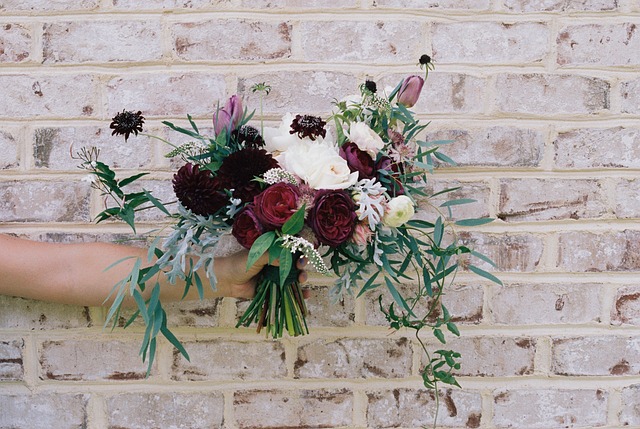Residential plant design thrives on understanding and catering to individual plant light requirements. Mimic nature's spectrum with LED or fluorescent lights for optimal growth. Select lighting based on plant needs—LEDs offer adjustability for flowering or leafy growth. Strategically place plants near windows or use artificial grow lights, rotating regularly for balanced growth.
Discover the secrets to thriving indoor plants with our comprehensive guide on lighting solutions. Explore how understanding your plants’ unique light requirements can transform your space into a lush oasis. From LED technology to natural sunlight alternatives, we uncover various lighting types for optimal growth. Learn about residential plant design strategies and tips for creating the perfect environment. Elevate your green thumb and unlock your home’s potential as a vibrant sanctuary for houseplants.
Understanding Plants' Light Requirements
Plants, much like humans, have specific needs when it comes to light. Understanding these requirements is key to ensuring your indoor plants thrive in a residential plant design. Different plant species vary greatly in their light preferences, with some preferring bright, indirect sunlight and others tolerating low-light conditions.
In residential settings, mimicking the natural light spectrum is ideal. This means providing plants with balanced amounts of red and blue light, which are essential for photosynthesis. Artificial lighting solutions, such as LED or fluorescent lights, can be tailored to these specific needs, ensuring plants receive the right balance of wavelengths for optimal growth.
Types of Indoor Lighting for Optimal Growth
The type of indoor lighting chosen plays a pivotal role in the healthy growth of plants within residential spaces. Different lights offer varying intensities and spectrums, each influencing plant development uniquely. For example, full-spectrum fluorescent lights mimic natural outdoor light, promoting robust growth for most houseplants. These lights are ideal for residential plant design as they provide balanced amounts of red and blue light essential for photosynthesis.
LED lighting has also gained popularity in indoor gardening due to its energy efficiency and versatility. LED lights can be tailored to specific plant needs by adjusting color temperature—warmer tones favor flowering, while cooler temperatures stimulate leafy growth. This customization makes LED lighting a flexible solution for diverse residential plant collections.
Designing Residential Spaces for Plant Health
When designing residential spaces, incorporating optimal lighting conditions is essential for ensuring the health and vibrancy of indoor plants. This involves a thoughtful consideration of natural light exposure and the strategic use of artificial lighting to mimic the plant’s native environment as closely as possible. In many cases, south-facing windows offer ideal natural light, allowing plants to bask in bright but indirect sunlight.
Residential plant design should also account for the specific light requirements of different plant species. Some thrive under direct sunlight, while others prefer partial shade. By understanding these needs and positioning plants accordingly, residents can create an aesthetically pleasing indoor garden that supports the well-being of their greenery.
Tips for Effective Plant Lighting Solutions
To ensure your indoor plants thrive, implementing effective lighting solutions is key in any residential plant design. First, assess your space and plant types; different species have varied light requirements. Some plants, like ferns and tropical varieties, prefer indirect, diffused light, while succulents and cacti can tolerate lower light levels.
Next, consider the color spectrum. Plants primarily use red and blue light for photosynthesis, so LED lights optimized for these wavelengths are ideal. Also, maintain a consistent lighting routine by positioning plants near windows or using artificial grow lights to mimic natural sunlight patterns. Regularly rotate your plants to avoid favoring one side over another, ensuring even growth.
Indoor plant lighting is a crucial aspect of ensuring your green companions thrive, even in low-light environments. By understanding the specific light needs of various plants and selecting appropriate lighting types, you can create vibrant, healthy indoor gardens. Integrating thoughtful residential plant design and effective lighting solutions will result in lush, thriving spaces that bring nature indoors. Whether for aesthetic appeal or to support robust plant growth, optimizing your lighting environment is a game-changer for any indoor gardener.
